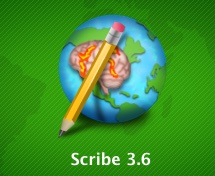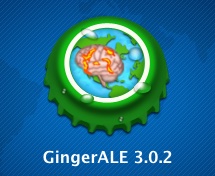Experiments
Experiments are defined as a comparison of two or more brain images that result in a statistical parametric image.
Statistical Parametric Image (SPI)
SPIs are three-dimensional statistical maps which are used to identify regionally specific effects. What these effects represent depends on the paper's experimental design. BrainMap's experiment-level meta-data describes key aspects of that design.
In structural papers, anatomical scans are compared to find structural differences. VBM Analysis describes the methodology used to compare the images. Anatomical differences are often related to diseases or treatments.
In functional experiments, functional imaging is used to scan subjects during conditions. These scans measure brain activation, so functional SPIs identify differences in neural activity. The experimental design of functional experiments is more flexible, as differences could be due to any aspect of the conditions (changes in stimulus, response or instruction) in addition to differences seen in structural papers, such as across subject groups or sessions.
Both types of papers compare brain images to find localized differences. The results of these comparisons are reported as three-dimensional coordinates in a normalized reference space.
Experiment-Level Meta-Data
- Name: The experiment names should be taken as directly from the publication as possible with minimal edits for clarity
- Functional: use names defined in the Prose Description
- Structural: include the tissue type (e.g. Gray or White Matter) and increases or decreases
- Context: the broadest category to which an experiment belongs to within the realm of brain imaging
- Imaging Modality: the brain imaging or recording technique that created the images used to make the SPI (e.g. MRI, PET)
- Subject Groups: which subjects' data was used in this experiment
- Sessions: indicates which sessions, if any, were used
- VBM Analysis: (Structural) voxel-based morphometry methodology
- Conditions: (Functional) which conditions were used
- Control Level: when conditions are compared to a control, it can either be a baseline of rest or fixation or it can be a second task. Rest and fixation conditions do not elicit a high functional response and are termed Low-Level Controls. When a second task is used as the control, it is called a High-Level Control.
- Activations: an increase in activation as compared to the control versus deactivations which are decreases in activation
- Contrast: (Functional) how the compared conditions are different
- Paradigm Class: (Functional) category of experimental task used, using terms common to the field (e.g. n-back)
- Behavioral Domain: (Functional) categories and subcategories which classify the mental operations likely to be isolated by the contrast
- Locations: results of the SPI comparison in coordinate form - (X,Y,Z)


